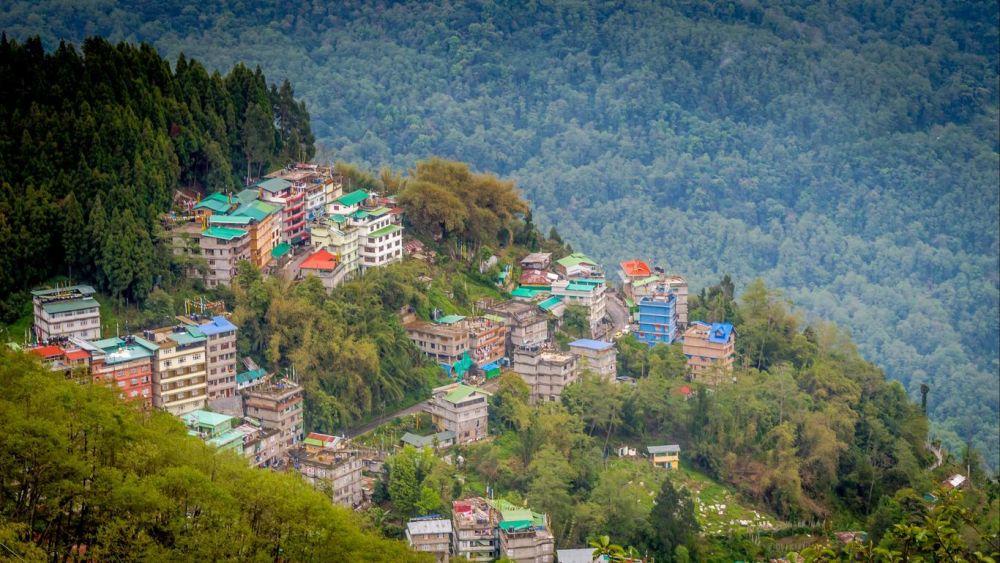

The history of tourism in Gangtok, the capital city of Sikkim, is closely intertwined with the region's unique cultural heritage and its stunning natural beauty. Gangtok has been a popular destination for adventurers and spiritual seekers for many years.
Tourism in Gangtok began to gain prominence after Sikkim was annexed by India in 1975. This event opened up the state to the outside world, making it more accessible to tourists. Before this period, Sikkim was a monarchy and known for being a secluded region, with stringent restrictions on the entry of foreigners to preserve its ecological and cultural integrity.
The 1980s and 1990s saw substantial growth in Gangtok's tourism sector, primarily driven by its serene environment and the development of necessary infrastructure. Recognizing the potential of tourism as a major economic driver, the Sikkim government invested in improving roads, accommodation facilities and other tourist services.
In the early 2000s, the concept of ecotourism began to take root in Gangtok's tourism industry. The focus shifted towards promoting sustainable travel and conserving the area's biodiversity. Efforts were made to minimize the environmental impact of tourism and empower local communities.
The introduction of the Gangtok Ropeway in 2003 marked a significant development in the city’s tourism offerings. This cable car system provides magnificent views of the city and has become a popular attraction for visitors.
Cultural Tourism: Gangtok continues to attract tourists with its rich cultural heritage, which includes monasteries, temples, and traditional festivals like Losar, Saga Dawa, and Bhumchu.
Adventure Tourism: The region's diverse terrain makes it a hotspot for adventurers interested in trekking, mountain biking, and river rafting.
Wellness Tourism: There has been a rise in wellness tourism, with many visitors coming to Gangtok for yoga, meditation retreats, and the therapeutic benefits of its pristine environment.
A significant factor affecting tourism in Gangtok has been governmental initiatives and regulations. The need for travel permits (like the Inner Line Permit) for certain areas within Sikkim can deter some tourists, but it has been beneficial in regulating the flow of visitors to sensitive regions.
In response to global travel trends, Gangtok has adopted safety protocols and introduced digital advancements to cater to the post-COVID-19 tourist looking for secure and seamless travel experiences.
Gangtok's tourism industry faces challenges such as the need to balance development with ecological conservation and managing seasonal tourist inflow. Yet, with proper management and innovative approaches, Gangtok continues to be a beacon for responsible and immersive tourism in the eastern Himalayas.
The future of tourism in Gangtok, Sikkim, looks bright as it continues to evolve and adapt to the changing needs and interests of national and international tourists while preserving its enchanting allure and natural beauty.